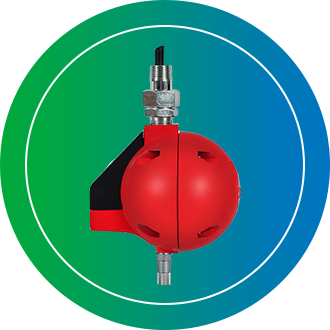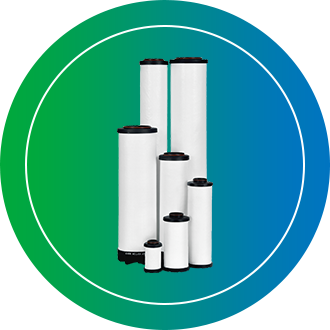To choose a refrigerated air dryer, you need to match its capacity to your compressed air system by considering factors like air flow, inlet and ambient temperatures, and desired pressure dew point. You will also need to decide between a non-cycling model (lower initial cost) and a cycling model (higher energy efficiency) based on your usage patterns and budget.
Key factors to consider
Air flow ((SCFM)): Select a dryer with a capacity that meets or exceeds your compressor's output to prevent the dryer from running at its maximum limit. Inlet air temperature and pressure: These values, along with ambient temperature, affect the dryer's performance. Standard specifications are often based on 100°F inlet air and 100 psig inlet pressure, so adjust your choice if your conditions differ.
Inlet air temperature and pressure: These values, along with ambient temperature, affect the dryer's performance. Standard specifications are often based on 100°F inlet air and 100 psig inlet pressure, so adjust your choice if your conditions differ.
Ambient air temperature: Higher ambient temperatures reduce a dryer's efficiency because it has to work harder to dissipate heat. Choose a dryer rated for your operating environment or consider a cycling model for better efficiency.
Desired dew point: Refrigerated dryers typically provide a pressure dew point of 2 to 10℃ which is sufficient for most applications. If your application requires a much lower dew point (e.g., for sensitive electronics or food processing), a desiccant dryer may be necessary instead.
Cycling vs. non-cycling:
Non-cycling: Runs constantly, has a lower initial cost, but is less energy-efficient if you don't need cooling all the time.
Cycling: Adjusts its operation based on air demand, resulting in significant energy savings over time. They are more expensive upfront but can be more cost-effective for varying loads.
How to choose based on your needs
For constant usage: A non-cycling model is a simple, lower-cost option if your equipment runs all day.
For variable usage: A cycling model (like a variable speed drive or thermal mass) will save energy and money over time by matching the compressor's load.
For applications with extreme cold: If any air lines or equipment are exposed to sub-freezing temperatures, a refrigerated dryer may not be suitable, and a desiccant dryer is a better choice.
For very low dew point requirements: If your application demands a very low dew point, a refrigerated dryer will not be enough. You will need to use a desiccant dryer instead.







